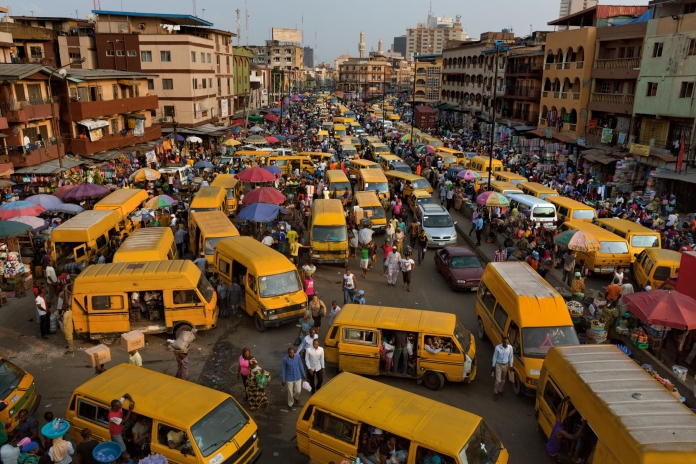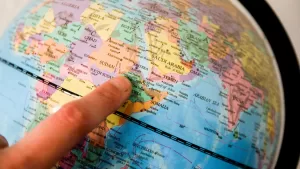Nigeria has been classified as a high-risk destination for travelers in the latest global safety report, highlighting ongoing security concerns that continue to affect both locals and tourists.
As part of the 2025 analysis of the world’s safest and most dangerous countries for travelers, Nigeria joins several other nations facing significant challenges, including political instability, terrorism, health, climate change, and violent crime.
The report places Nigeria in the HIGH risk category, alongside other countries such as Honduras, Venezuela, and Bangladesh. This ranking is largely attributed to the ongoing security issues in parts of the country, including frequent terrorist attacks, kidnappings, and armed robbery incidents.
In particular, the northern regions of Nigeria have been plagued by insurgencies, including those carried out by Boko Haram and ISWAP (Islamic State West Africa Province), while the southeastern region faces challenges from secessionist groups like the Indigenous People of Biafra (IPOB).
This classification places Nigeria one level below the “extreme” risk category, alongside nations such as Myanmar, Papua New Guinea, Pakistan, Lebanon, Ethiopia, the Democratic Republic of Congo, Mali, Venezuela, Haiti, and Honduras.
The study, conducted by security and health risk services firm International SOS, revealed the world’s most dangerous countries to visit based on various risk factors.
Somalia, Sudan, South Sudan, and the Central African Republic were named among the most dangerous, categorized as “extreme risk” countries due to ongoing conflict and instability. Also included in this category were Yemen, Libya, Iraq, Afghanistan, Syria, and Ukraine.
Conversely, Morocco emerged as one of the safest countries in the world from a security standpoint, joining Canada, the United States, the United Kingdom, Spain, France, and Vietnam on the list of “low risk” nations.
The annual risk map evaluates countries on a five-tier scale, ranging from “low” to “very high” for medical risks and from “insignificant” to “extreme” for security risks.
It considers factors such as conflict, infectious diseases, mental health challenges, and the effects of climate change to guide travelers and businesses.
READ ALSO: US, Nigeria export-import banks sign MoU to boost trade
Notably, no country’s security risk rating was downgraded this year, highlighting the global increase in instability. Regions experiencing significant security risk escalations include Sudan, Lebanon, Israel, Iraq, and Myanmar, where conflicts throughout 2024 have intensified and expanded to affect larger population areas.
Sally Llewellyn, Global Security Director at International SOS, noted that geopolitical tensions were the primary factor in the increased risk ratings.
She emphasized that conflicts in areas like Sudan and Lebanon have heightened risks in population centers, forcing organizations to adapt to new realities.
In the Pacific, New Caledonia moved from a “low” to “medium” security risk due to the long-term impacts of social unrest, economic decline, and related crime.
In terms of medical risks, Bolivia rose from “medium” to “high,” while Libya improved, dropping from “extreme” to “high.” Dr. Katherine O’Reilly, Regional Medical Director at International SOS, stated that medical risk changes are determined by factors like access to healthcare, medicine availability, and the prevalence of diseases.
The study aims to support organizations in fulfilling their duty of care to employees by providing data-driven insights into the risks associated with specific locations.


